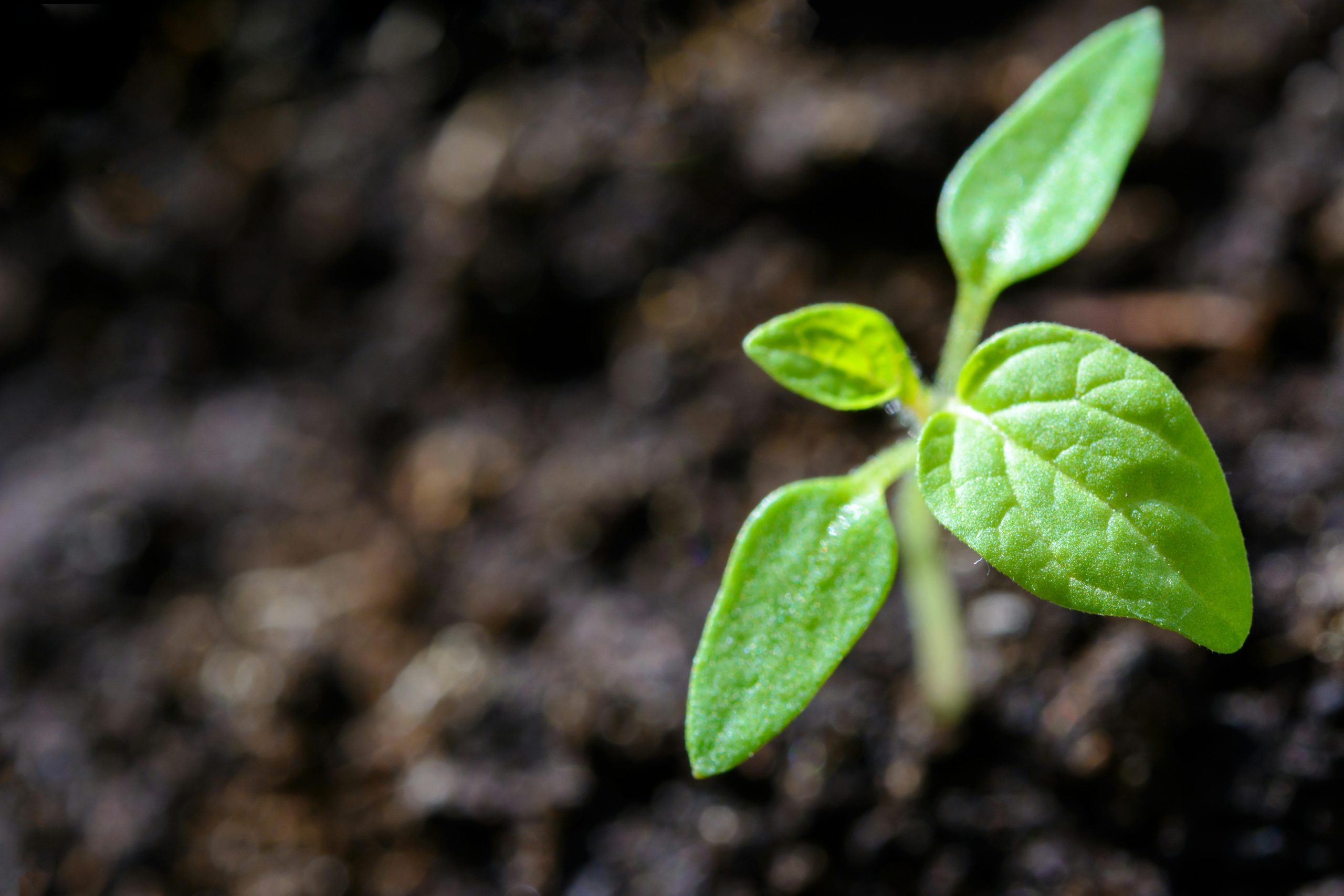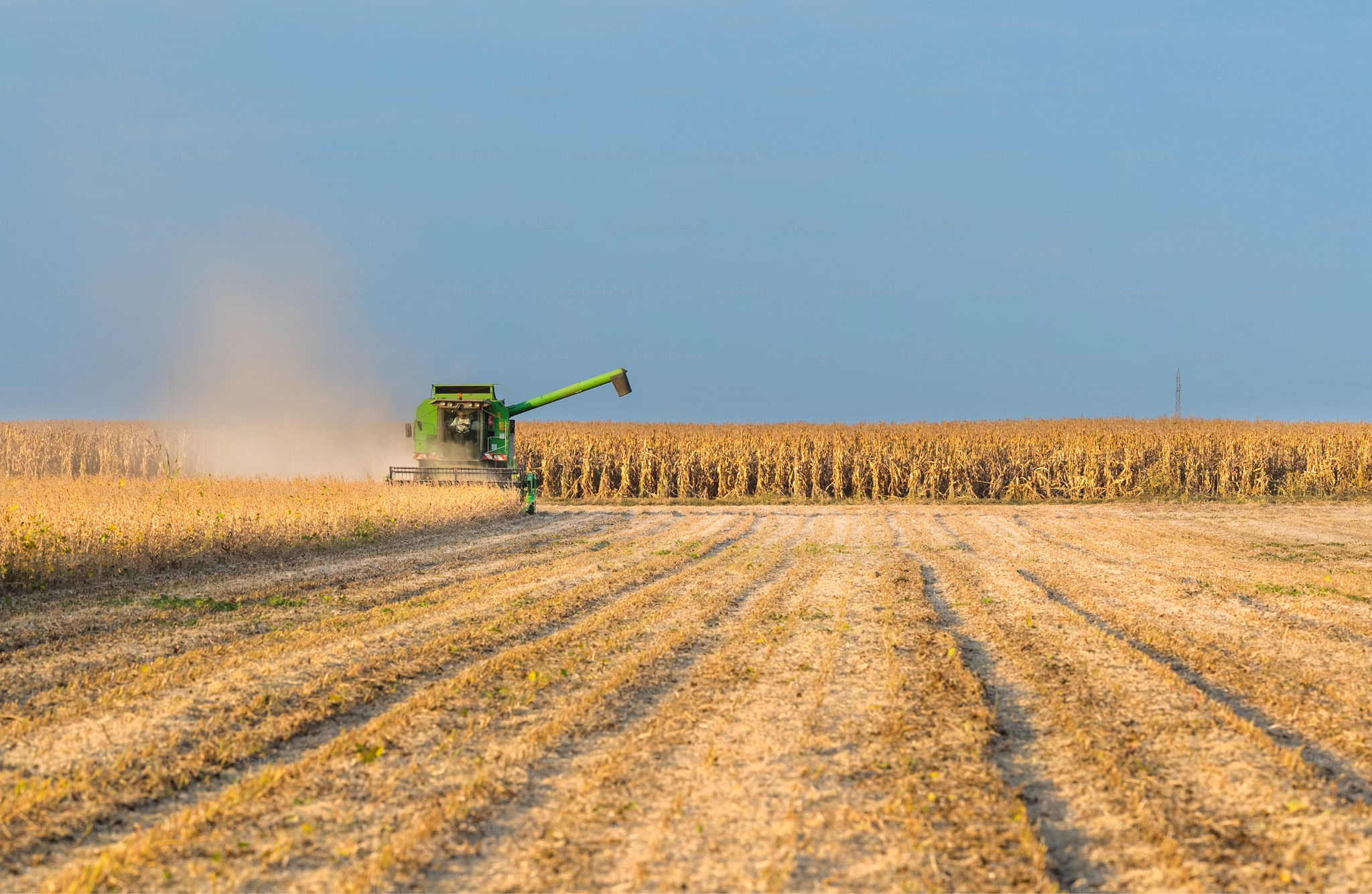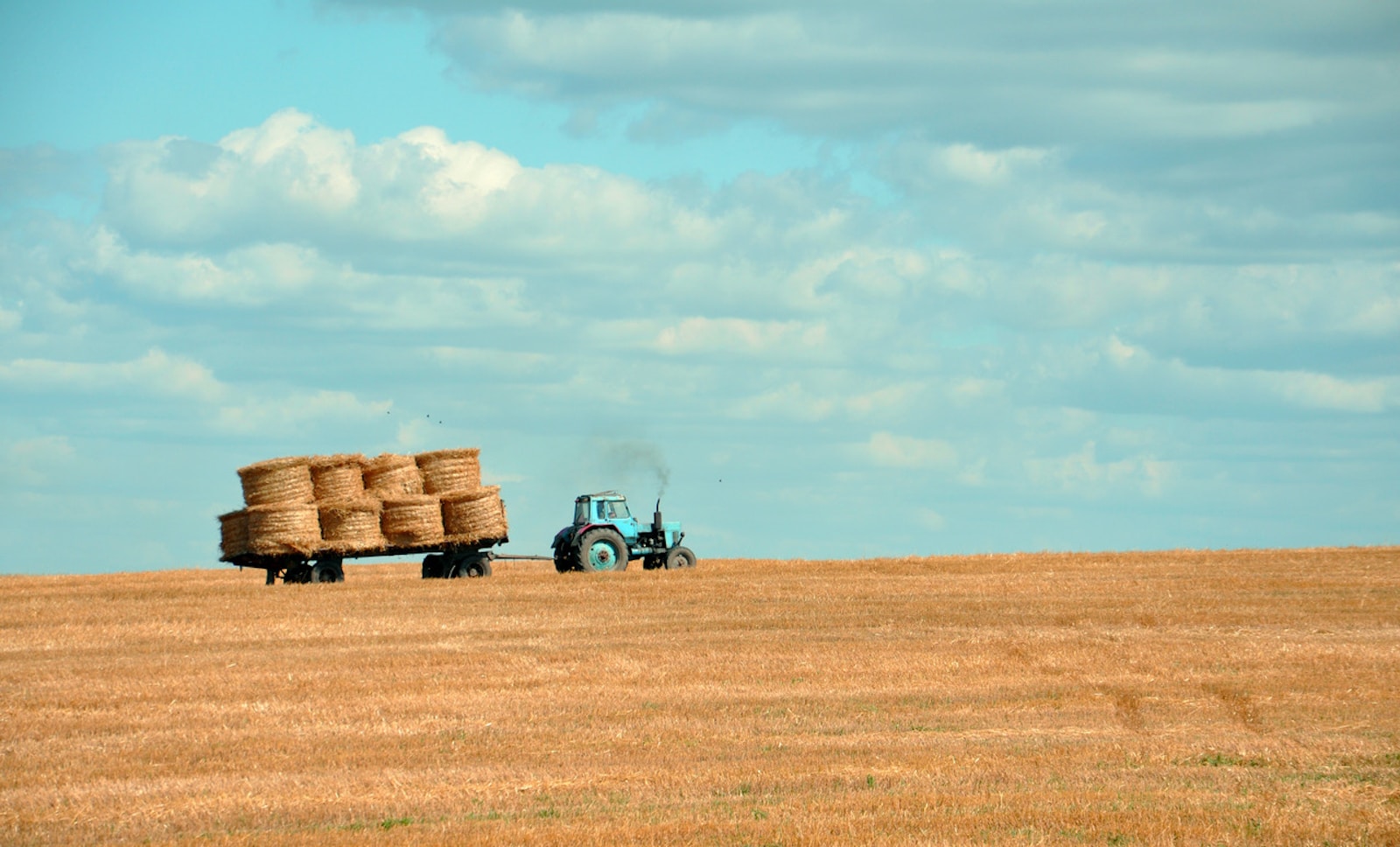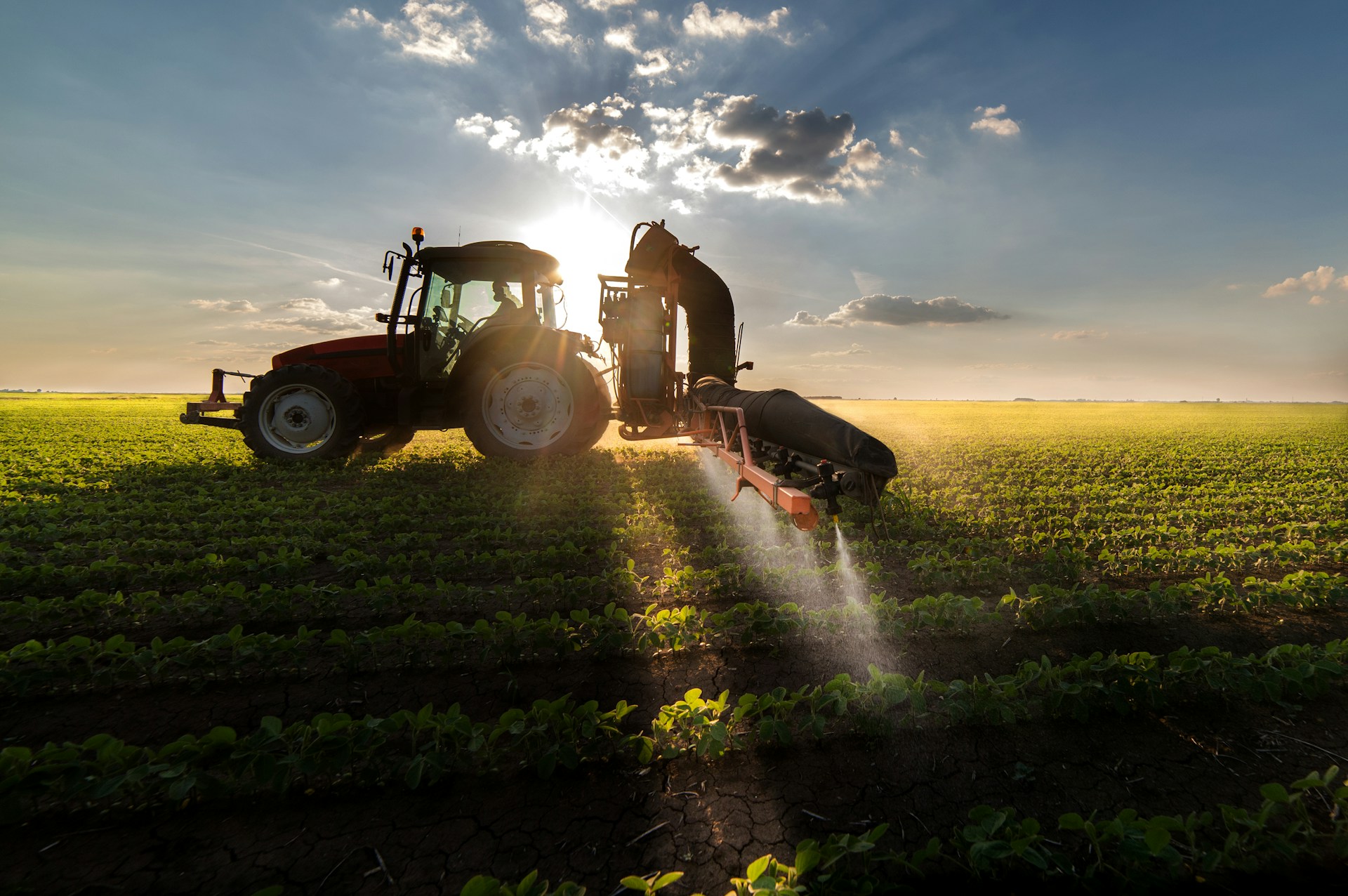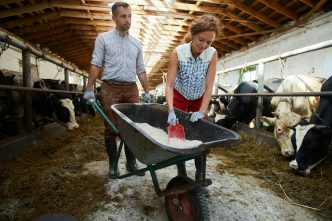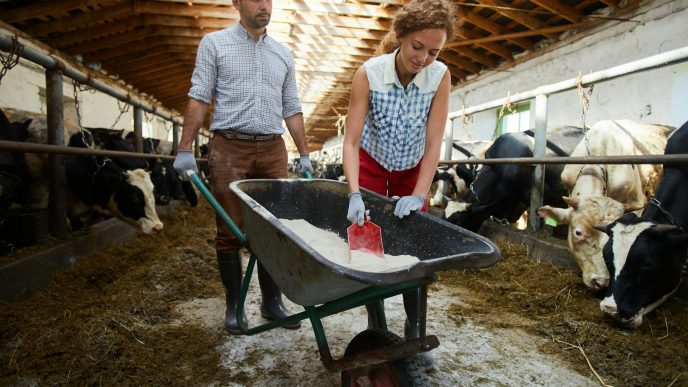Embark on a fascinating journey from seed to smoke as we explore the complete process of growing your own cannabis plants. Whether you’re a seasoned pro or a beginner green thumb, this article will guide you through each vital step, from germination to harvesting, ensuring you achieve a successful and bountiful yield.
Understanding the legalities and regulations of growing cannabis
Growing cannabis is a complex endeavor that requires a thorough understanding of the legalities and regulations surrounding its cultivation. Before you start, it’s crucial to familiarize yourself with the laws in your region. While cannabis laws vary from country to country and even within states, it’s important to ensure you are compliant with the applicable regulations.
In many places, growing cannabis for personal use is legal, but there may be restrictions on the number of plants you can cultivate or the amount of cannabis you can possess. Additionally, some jurisdictions require special permits or licenses for commercial cultivation. It’s essential to do your research and consult local authorities to ensure you are fully compliant with the law.
Choosing the right cannabis strain for your needs
Selecting the right cannabis strain is a critical decision that will shape the overall experience of your cultivation journey. With countless strains available, each offering unique flavors, aromas, and effects, it’s important to consider your preferences and desired outcomes.
Indica strains are known for their relaxing and sedating effects, making them ideal for evening use or for individuals seeking relief from pain or insomnia. On the other hand, Sativa strains are uplifting and energizing, making them suitable for daytime use or for those looking for a creative boost. Hybrid strains combine the characteristics of both Indica and Sativa, offering a balanced experience.
Consider factors such as THC and CBD levels, growth requirements, and flowering time when choosing a strain. Additionally, consider your experience level, available space, and desired yield. Research various strains read reviews, and consult with experienced growers to find the perfect match for your needs.
Setting up your cannabis grow space
Creating the ideal environment for your cannabis plants is crucial for their overall health and productivity. Whether you choose an indoor or outdoor setup, there are several factors to consider when setting up your grow space.
Indoor cultivation provides greater control over environmental conditions, ensuring optimal growth. Start by selecting a suitable location, such as a spare room, basement, or dedicated grow tent. Ensure the space has proper ventilation, as cannabis plants require fresh air to thrive. Install fans and carbon filters to maintain adequate airflow and control odors.
On the other hand, outdoor cultivation offers the advantage of natural sunlight, but it’s essential to choose a suitable location with adequate sunlight, good soil drainage, and protection from pests and prying eyes. Consider factors such as local climate, available space, and privacy when deciding between indoor and outdoor cultivation.
The importance of lighting, temperature, and humidity in cannabis cultivation
Lighting, temperature, and humidity are vital factors that significantly impact the growth and development of cannabis plants. Understanding their requirements and maintaining optimal conditions will help you achieve healthy and robust plants.
Light is one of the most critical factors influencing plant growth. During the vegetative stage, cannabis plants require at least 18 hours of light per day. High-intensity discharge (HID) lights, such as metal halide (MH) and high-pressure sodium (HPS), are commonly used for indoor cultivation. LED lights are also gaining popularity due to their energy efficiency and customizable spectrums.
Temperature plays a crucial role in cannabis cultivation. During the vegetative stage, aim for a temperature range of 70-85°F (21-29°C) during the day and slightly cooler temperatures at night. As the plants enter the flowering stage, lower the temperature to 65-80°F (18-27°C) during the day and 60-70°F (15-21°C) at night to encourage bud development.
Humidity levels should be carefully controlled to prevent mold and mildew formation. Aim for 40-60% relative humidity during the vegetative stage and reduce it to 30-40% during flowering. Use dehumidifiers or humidifiers to maintain the desired humidity levels in your growing space.
The choice of growing medium is a crucial decision that can significantly impact the growth and yield of your cannabis plants. Two popular options are soil and hydroponics, each with its advantages and considerations.
Soil cultivation is the traditional method and offers a more forgiving approach, making it suitable for beginners. Good-quality soil provides essential nutrients and a stable pH level for the plants. Organic soils enriched with compost and worm castings offer excellent nutrition and microbial activity, promoting healthy root development.
Hydroponics, however, involves growing plants in a nutrient-rich water solution without soil. This method allows for precise control of nutrient uptake and faster growth rates. Hydroponic systems can be more complex and require careful monitoring of pH and nutrient levels. Options include deep water culture, nutrient film technique, and aeroponics.
Consider factors such as your experience level, available resources, and desired level of control when choosing between soil and hydroponics. Both methods can yield excellent results when implemented correctly.
Germination and seedling care
Germination is the first crucial step in the cannabis cultivation process. Start by selecting high-quality seeds from reputable sources. There are various germination methods, but the paper towel method is one popular technique.
To germinate seeds using paper towels, dampen a paper towel and place the seeds on it. Fold the towel over the seeds and place it in a sealed plastic bag. Keep the bag in a warm, dark place and check regularly for signs of germination. Once the taproot emerges, carefully transfer the germinated seeds to a growing medium.
Seedlings require gentle care and attention. Provide them with a mild nutrient solution and ensure they receive adequate light, preferably fluorescent or LED. Maintain a temperature range of 70-75°F (21-24°C) and humidity levels around 70%. As the seedlings develop, light intensity gradually increases, and nutrient levels are adjusted accordingly. So, come over here for more tips on your growing journey.

